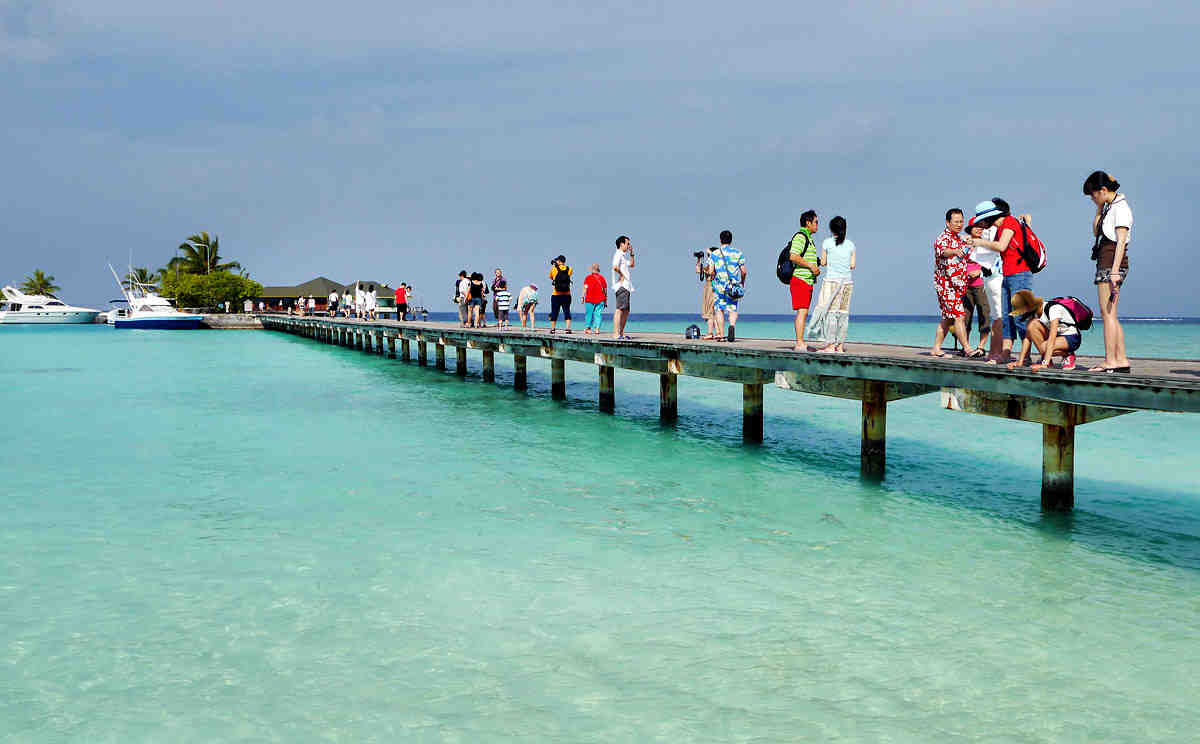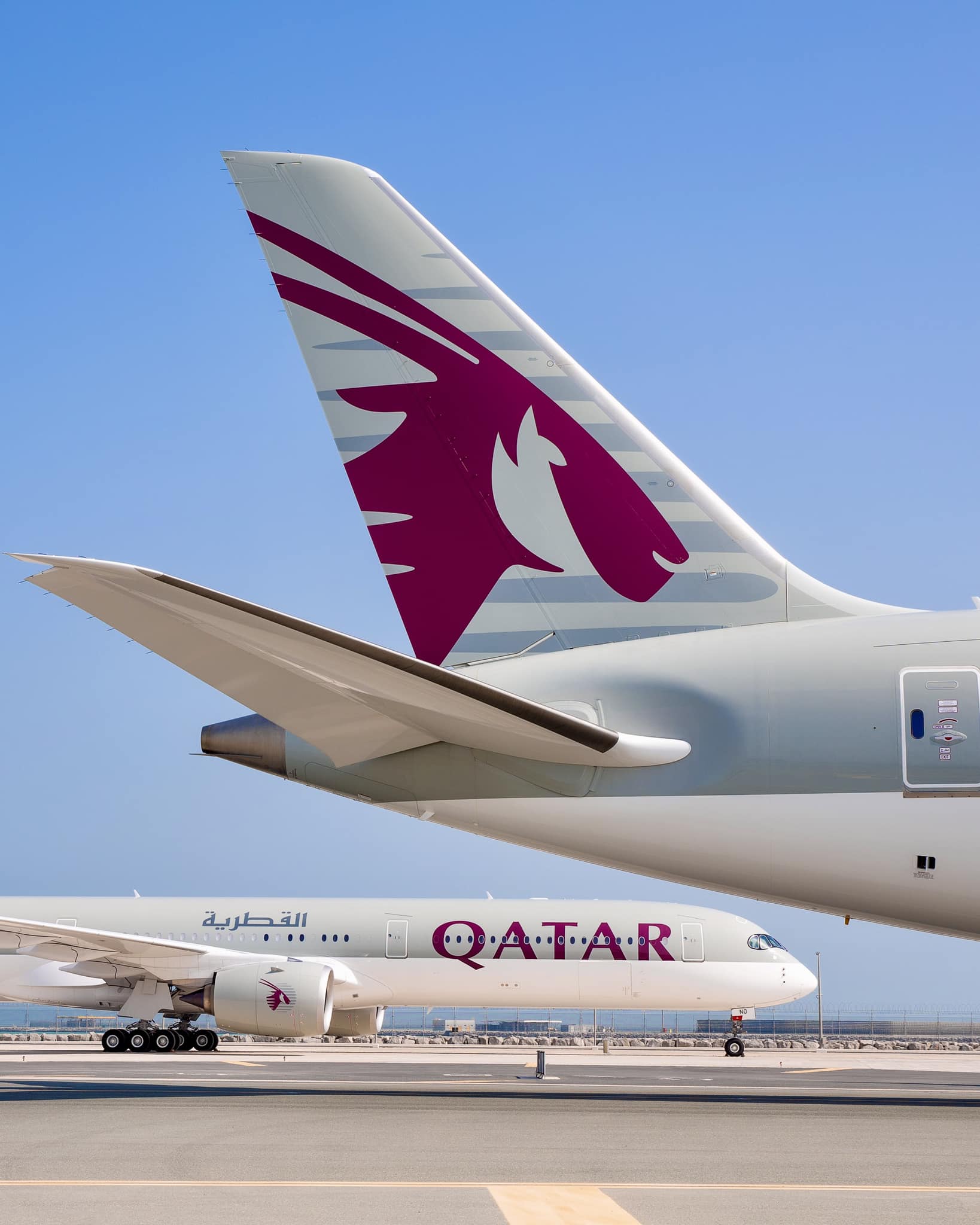Following the proposed government’s budget for 2017 and it’s submission to the parliament, Maldives Association for Travel Agents and Tour Operators has been apprehensive continually over the importance of destination marketing.
In November, the first-of-its-kind Travel Conference organized by MATATO included a whole segment, which contributed to destination marketing with expert speakers from PATA, CNN and TTG Asia. The association lobbied to the Parliament, relevant government bodies and MMPRC in paying attention to the immense growth of bed capacity; the openings of over twenty new resorts, with the addition to the increasing number of guesthouses. Besides the Parliament, the association also approached other tourism NGOs in their efforts to raise concern.
As per the recent studies by World Travel Monitor that reflects UNWTO reports, it was indicated that many Asian destinations reported double-digit growth. Countries such as Vietnam (+36 percent), the Republic of Korea (+34 percent), Japan (+24 percent) and Sri Lanka (+15 percent) had a noticeable increase in tourist arrivals in the first three-quarters of this year. Chinese tourists traveling out of China has a growth of 18% with an average of 11% outbound travel growth from various Asian countries.
The last arrival statistics released by the Ministry of Tourism in October this year revealed the short growth rate of 3.6% in Maldives as compared to 2015, and the Chinese market decline with a significant 10.6%.
It is believed by many sources that for 2017, the Ministry of Tourism has received less than 25% of the requested budget, which is significantly less compared to this year and the last. It is the fact that over two-thirds of the economy relies on the tourism industry in the country that is why MATATO presses on this issue gravely. Competing destinations such as Sri Lanka, Mauritius and Seychelles have marketing budgets that would surpass the budget set for Maldives by ten folds.
MATATO regards it crucial that the Ministry of Tourism is given an adequate budget by the government in order to meet their goal of destination marketing. This is necessary given the challenges of regional competition from emerging beach destinations and the PR challenges the destination has faced recently.
As a highlight in their press release, MATATO stated that their intention in taking part in various travel trade fairs independently is not to substitute MMPRCs efforts but to compliment them. They believe it is critical for Maldives to be showcased on the global tourism stage. This issue can have serious consequences if the budgeting is continuously ignored, causing an eventual decline in arrivals. MATATO is concerned that this may lead to poor ROI for investors in the tourism industry.
STR, global leading market research, and analysis firm reported in Third Quarter of 2016, that the reporting for Maldives is decreasing across the three key performance metrics: Occupancy, ADR (Average Daily Rate) and RevPAR (revenue per available room).
Requests have been made to the MMPRC about the travel trade shows in January, February and March, but they go unattended as December passes by. MATATO expresses concerns about travel plans needing time to arrange for various stakeholders with planning flights, accommodation, and logistics. Such inconvenient last minute planning risks the Maldives’ brand presence at traditional travel shows in Spain, India, Germany, Switzerland and Turkey.
MATATO considers marketing as one of the few expenses that have a direct Return on Investment. Their only concern is to increase tourists for Maldives and in effect, attain more tax income for the government directly via TGST, Green Tax and indirectly from a more stimulated local economy.
(icon photo source- http://travelcentremaldives.com/maldives-blog/tourist-arrivals-to-maldives-increased-in-may\\ )







